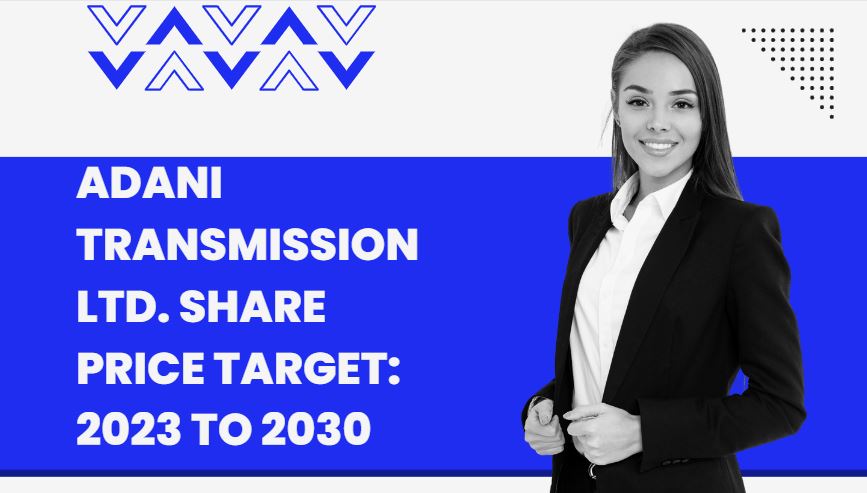Top-up loans present a compelling alternative to traditional personal loans, offering borrowers a flexible and cost-effective financial solution. Unlike standalone personal loans, top-up loans are an extension of an existing home loan, allowing borrowers to secure additional funds for diverse needs. This unique feature often translates to lower interest rates, making top-up loans an attractive option. With simplified approval processes and reduced documentation requirements, these loans provide a convenient avenue for borrowers to meet various financial goals without the complexities associated with standalone personal loans. This article explores the advantages of top-up loans, showcasing their versatility and financial benefits.
Introduction to Top-Up Loans
Top-up loans emerge as versatile financial tools, offering a pragmatic alternative to traditional personal loans. Distinctively linked to existing home loans, top-ups empower borrowers with an additional avenue for securing funds. Unlike standalone personal loans, top-ups provide a seamless extension of the home loan, presenting a cost-effective solution for various financial needs. This article delves into the unique features of top-up loans, emphasizing their flexibility, cost-effectiveness, and simplified approval processes. As an extension of the home loan, top-ups often entail lower interest rates and extended repayment tenures, enhancing their appeal. With reduced documentation requirements and potential tax benefits, top-up loans stand out as strategic financial instruments, providing borrowers with a convenient and efficient means to address diverse financial goals.
Cost-Effectiveness: Lower Interest Rates
Cost-effectiveness is a defining feature that positions top-up loans as compelling alternatives to personal loans. One of the primary contributors to this advantage is the lower interest rates associated with top-up loans. As an extension of an existing home loan, top-ups typically inherit the interest rates of the original mortgage, which are generally lower than the interest rates on standalone personal loans. This difference in interest rates translates into significant savings for borrowers over the loan tenure.
The inherent synergy with the home loan also means that top-up loans benefit from the collateralized nature of home loans, leading to reduced risk for lenders. This reduced risk allows financial institutions to offer lower interest rates on top-up loans, making them an attractive option for borrowers looking to secure additional funds without incurring the higher costs associated with personal loans. Consequently, the cost-effectiveness of top-up loans is a crucial factor for borrowers seeking efficient and economical financing solutions for diverse financial needs.
Reduced Documentation Requirements
Top-up loans distinguish themselves by streamlining the documentation process, offering borrowers a hassle-free experience compared to traditional personal loans. Given that top-ups are an extension of existing home loans, lenders already possess a substantial amount of information about the borrowers. As a result, the documentation requirements for top-up loans are significantly reduced.
Typically, borrowers are not required to submit extensive paperwork or provide detailed financial documentation again. The lender can leverage the information already available from the original home loan application. This reduction in documentation not only expedites the loan approval process but also simplifies the borrower’s journey, eliminating the need to repeat extensive paperwork.
Flexibility in Utilization
One of the notable advantages that top-up loans offer over personal loans is their remarkable flexibility in utilization. Top-up loans, being an extension of existing home loans, empower borrowers with the freedom to allocate funds for diverse financial needs. Whether it’s home renovations, education expenses, medical bills, or any other purpose, the utilization of top-up loan funds is not restricted. This flexibility contrasts with the earmarked nature of some personal loans.
Borrowers can strategically deploy the funds according to their priorities, making top-up loans adaptable to various life situations. This versatility ensures that individuals can address different financial goals without the need for multiple loan applications. The absence of stringent usage restrictions provides borrowers with a degree of financial freedom, allowing them to navigate changing circumstances and priorities.
Tax Benefits on Top-Up Loans

Hello, I am Tanisha Kriplani, graduated in computer science from Delhi University. I am passionate about web content writing and have a strong interest in Data Analytics and Data Engineering.












